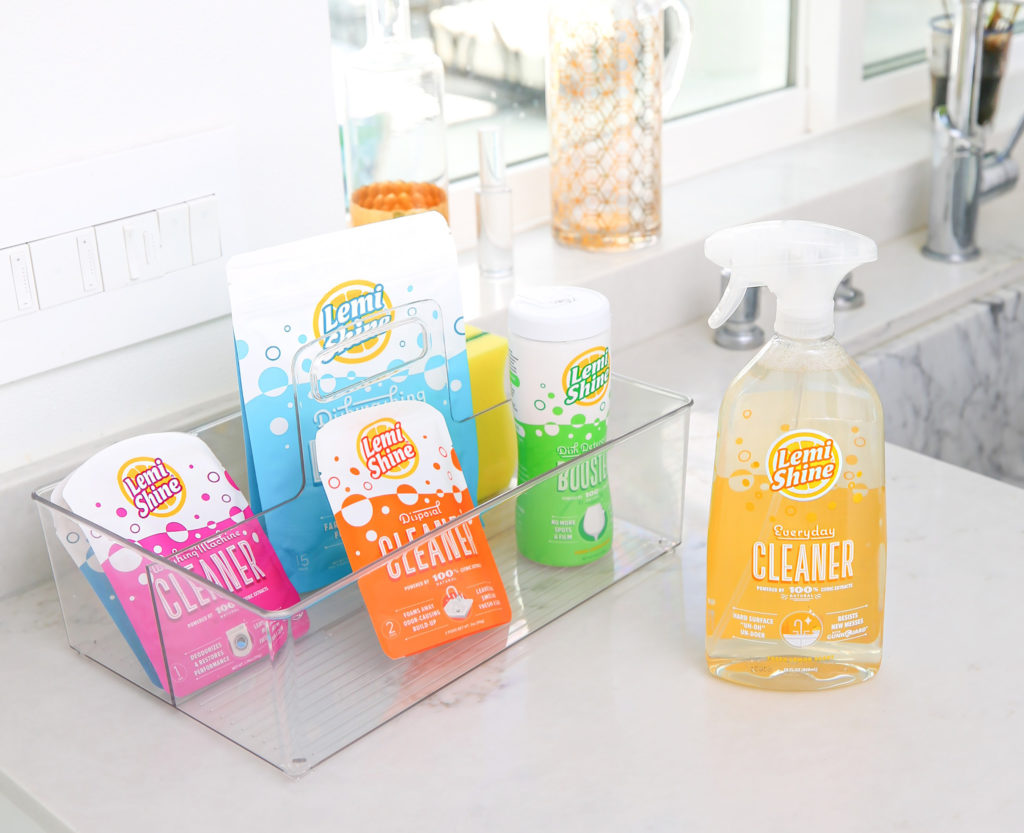
Silverton Partners, based in Austin, announced this week that it has closed on Fund VI at $144 million, its largest fund to date.
The venture capital firm, founded in 2006, focuses on early-stage companies and just in the last two years, its seed-funded startups have exited for a combined $3.2 billion, according to the firm. Those exits include Sailpoint, Ping Identity, TrendKite, Favor, WPEngine, and SpareFoot.
In 2018, Silverton closed on Fund V at $108 million.
Silverton plans to invest the latest fund primarily in Texas. It has recently funded startups in New York, Southern California and Utah. The firm has also established its first Opportunity Fund for up to eight investments in later-stage funding rounds for existing portfolio companies
“Texas remains one of the nation’s most interesting and fastest-growing tech markets, with Austin leading the way,” Silverton General Partner Morgan Flager said in a news release.
Silverton Partners includes General Partner Kip McClanahan, Mike Dodd, and Flager. The firm has also added Tina Dai as a Principal from First Round Capital. And Silverton Partners promoted Roger Chen, whose previous experience was with Genacast Ventures, to partner; and Alyssa Dadoly, formerly VP Finance, to Chief Financial Officer.

Flager also answered the following questions about the latest fund via email.
Q. How difficult was it to raise the fund during the COVID-19 Pandemic?
Flager: “COVID-19 definitely added additional complexity to the final close. However, the vast majority of the capital was committed prior to the pandemic hitting the US and came from our existing limited partners who have supported us for a number of years. We are thankful for their continued support and belief in Silverton. We were also fortunate to add several new LP’s as well and finish with Silverton Partners VI oversubscribed.”
Q. Why did you create the Opportunity Fund? Why is there a need for it?
Flager: “We have been fortunate over time to be early investors in a number of successful companies. Many have gone on to raise large growth financings that are beyond the scope of our early-stage funds. The Opportunity Fund gives us the capability to continue to support our most successful companies, while not diluting the strategy and focus of our flagship, early-stage funds which have historically produced great returns for our investors.”
How many companies do you expect to invest in with Fund VI?
Flager: “We expect to have 20-25 portfolio companies in SPVI.”
Q. Are there particular industries you plan to invest in?
Flager: “Our most active investment areas include B2B software, consumer internet and mobile. We’ve targeted these industries since the inception of the firm and have had a number of high-profile outcomes — including several successful IPO’s (Sailpoint, Ping Identity and Convio). More recently, we’ve invested in a small number of digitally native brands. Billie, which agreed to be purchased by Proter & Gamble earlier this year, is our first successful outcome in this category. We have also invested in a handful of fintech businesses, including Self Financial and The Zebra, which have shown tremendous promise.”
Q. About 70 to 75 percent of the capital is targeted at investments inside Texas, why do you look to invest locally?
Flager: “We believe we can add more value to our portfolio companies as a local partner. One of the biggest success factors for startups is the team they are able to attract. As a result of Silverton being the most active investor in the state of Texas, we have unparalleled relationships with the talent pool in this market and can leverage that to provide Silverton companies with an advantage. In addition, we believe having an extremely collaborative relationship with our founders leads to better outcomes. Being in the same geography as most of our investments makes collaboration with the entrepreneurs we back easier and more personal. Finally, we believe Texas represents a high potential, high growth tech ecosystem which merits dedicated attention. In 2019, Texas ranked fourth in terms of total venture dollars invested in the U.S.”
Q. Austin has been criticized in the past for not having enough funding for its size and the volume of deals that are here, do you still think that is true?
Flager: “This is always an interesting debate. One thing is certain — there is more capital available in Austin than ever before, from a larger number of capital providers than ever before. I personally feel that there is enough capital available in Austin to produce a volume of high profile outcomes, across a variety of different tech sectors. If Austin makes good on that opportunity, returns for investors in Austin will be exceptional and more capital will flow into this ecosystem — making it stronger. No one wants that to happen more than Silverton.”
Q. How is the COVID-19 Pandemic going to change Austin’s startup ecosystem?
Flager: “Overall, the uncertainty surrounding COVID-19 is going to create headwinds for most start-ups. Unfortunately, some businesses that are directly affected may not see the other side of this crisis. Those that do, will likely emerge stronger as capital continues to flock to the winners and talent follows. Austin is now strong and diverse; this ecosystem will remain an exciting place to do business and invest. As we go through this pandemic, I think Austin will be viewed as one of the most attractive places to start a new business in the country.”
Q. Anything else you would like to add or make a point of?
Flager: “Silverton has made some of its most attractive investments during economic downturns. We are actively looking to partner with entrepreneurs who view this crisis as an opportunity to create a better future and move the world forward.”










